Talk Overview
Fluorescent speckle microscopy is a technique that allows monitoring of dynamics in polymeric structures by doping in a very low level of fluorescently labeled monomer. The small number of fluorescent molecules make fluorescent speckles that show up as diffraction-limited bright spots in the image. Here, Clare Waterman, the inventor of this technique, describes how to make and image speckled samples.
Questions
- The optimal ratio of labeled protein to unlabeled protein for speckle microscopy is about?
- 1 : 100 000
- 1 : 100
- 1 : 10
- 100 : 1
- Speckled microtubules
- Result from random incorporation of labeled protein
- Can only be seen in vivo
- Result from structural variation of the microtubule
- Result from binding of other proteins to the microtubule
- Which of the following CANNOT be measured with speckle microscopy:
- The rate of binding of labeled protein
- The trajectory and velocity of labeled protein
- The rate of dissociation of labeled protein
- Overall structure and distribution of labeled protein
- Which of the following objectives would you choose for speckle microscopy?
- Plan Apo 10x/0.45
- Plan Apo 40x/0.95
- Plan Apo 40x/1.15 water immersion
- Plan Apo 100x/1.4
Answers
View AnswersSpeaker Bio
Clare Waterman
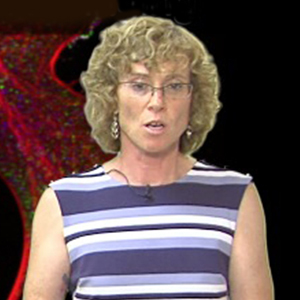
Dr. Waterman is chief of the Laboratory of Cell and Tissue Morphodynamics at the National Heart Lung and Blood Institute, National Institutes of Health and she has been co-director of the Physiology Course at the Marine Biological Laboratory for the past 4 years. Waterman’s lab studies the interactions between actin and focal adhesions, taking advantage… Continue Reading
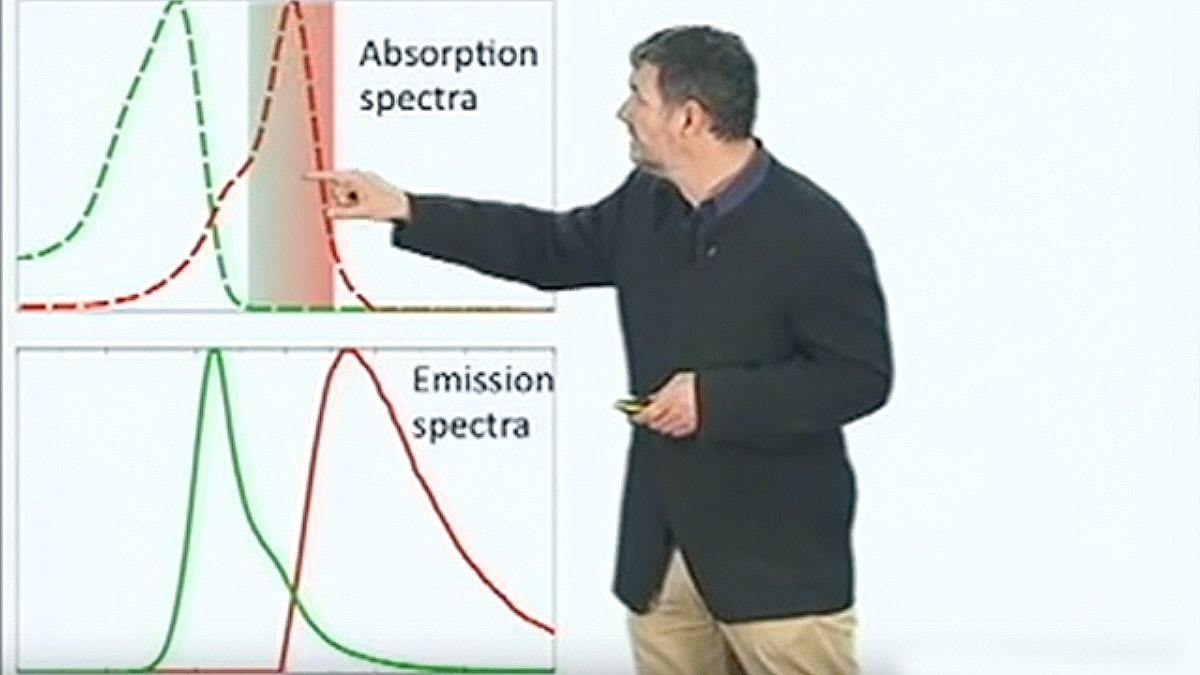
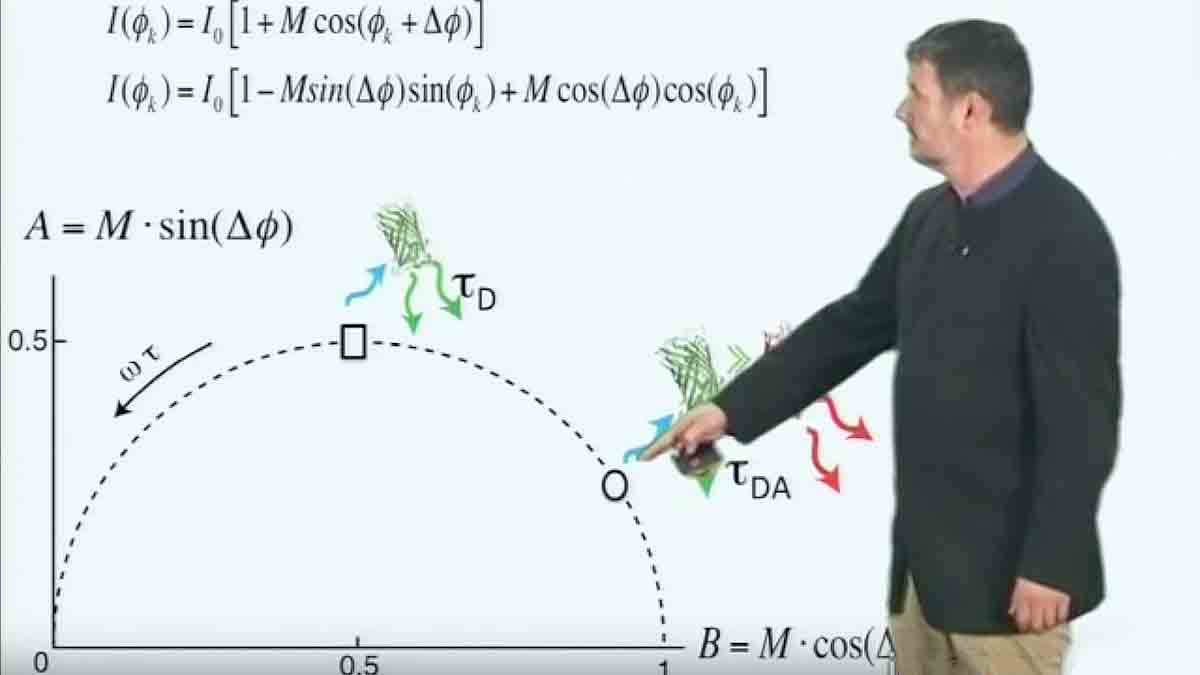
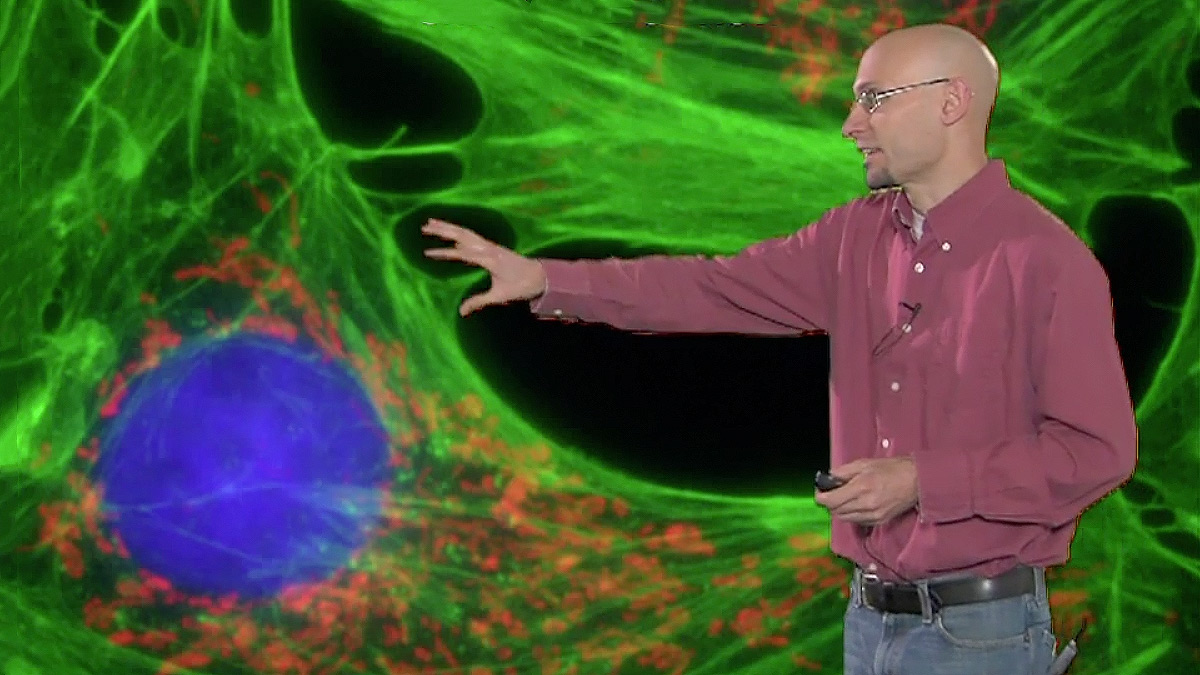
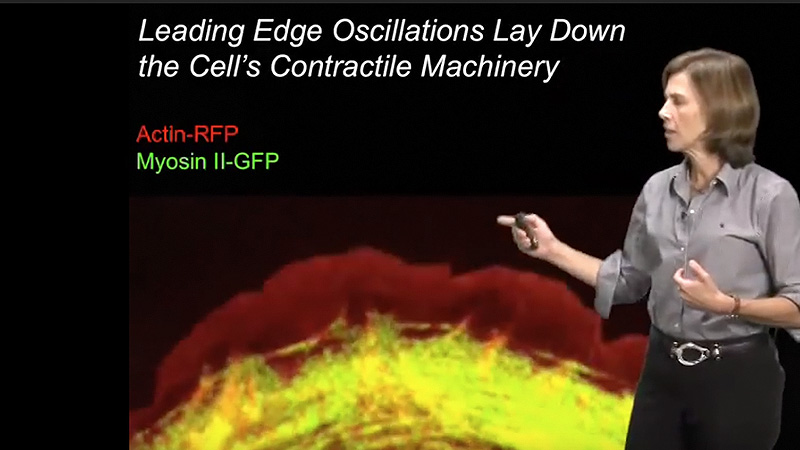




Leave a Reply